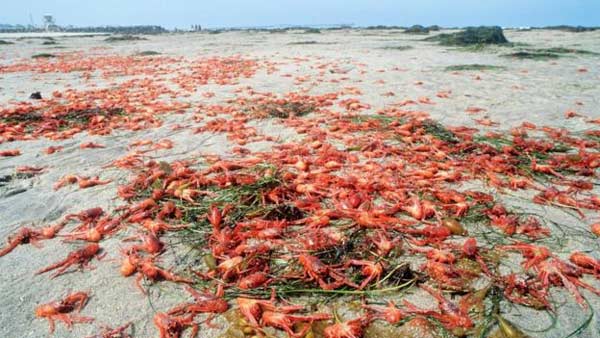
Geneva, Switzerland (BBN)-The El Niño weather event is expected to gain in strength before the end of this year, according to the World Meteorological Organization (WMO).
In its latest update, the WMO says the 2015 occurrence will be among the three strongest recorded since 1950, reports BBC.
Severe droughts and significant flooding in many parts of the world are being attributed to this El Niño.
The WMO warn these impacts are likely to increase and this event is now in "uncharted territory".
El Niño is a naturally occurring weather episode that sees the warm waters of the central Pacific expand eastwards towards North and South America.
The phenomenon, which happens every two to seven years, usually peaks late in the calendar year, although the effects can persist well into the following spring.
This year's El Niño seems to be following that pattern.
According to the WMO, the peak three month average water surface temperatures in tropical Pacific will exceed 2C above normal.
It is the strongest event since 1998 and is expected to be among the three most powerful ever recorded.
VARIABLE IMPACTS
El Niño tends to see higher global temperatures than normal but its regional impacts are highly variable.
This year has seen active hurricanes in the eastern Pacific. In South East Asia, El Niño has been associated with a drought which helped increase wildfires in Indonesia and caused a dense haze in parts of the country.
El Niño is also believed to have played a role in reducing the impact of this year's monsoon in India.
In East Africa, enhanced rainfall is expected between October and December.
Southern Africa is experiencing prolonged dry weather amid worries over the survival of crops and cattle.
"Severe droughts and devastating flooding being experienced throughout the tropics and sub-tropical zones bear the hallmarks of this El Niño, which is the strongest in more than 15 years," said WMO secretary-general Michel Jarraud.
The authorities in California are expecting that El Niño will bring extremely wet conditions to the state in the early part of 2016. Sandbags are being stockpiled, storm drains are being cleared and extra staff are being taken on to deal with possible flooding.
While stressing that El Niño is not the only factor driving global climate patterns, the WMO says that the implications of the weather system in a warmer world are uncertain.
"This event is playing out in uncharted territory. Our planet has altered dramatically because of climate change, the general trend towards a warmer global ocean, the loss of Arctic sea ice and of over a million square km of summer snow cover in the northern hemisphere," said Jarraud.
"So this naturally occurring El Niño event and human induced climate change may interact and modify each other in ways which we have never before experienced," he said.
"Even before the onset of El Niño, global average surface temperatures had reached new records. El Niño is turning up the heat even further," said Jarraud.
Scientists are meeting in New York this week to try and increase our understanding of El Niño and to predict the anticipated global socioeconomic shocks.
BBN/SK/AD